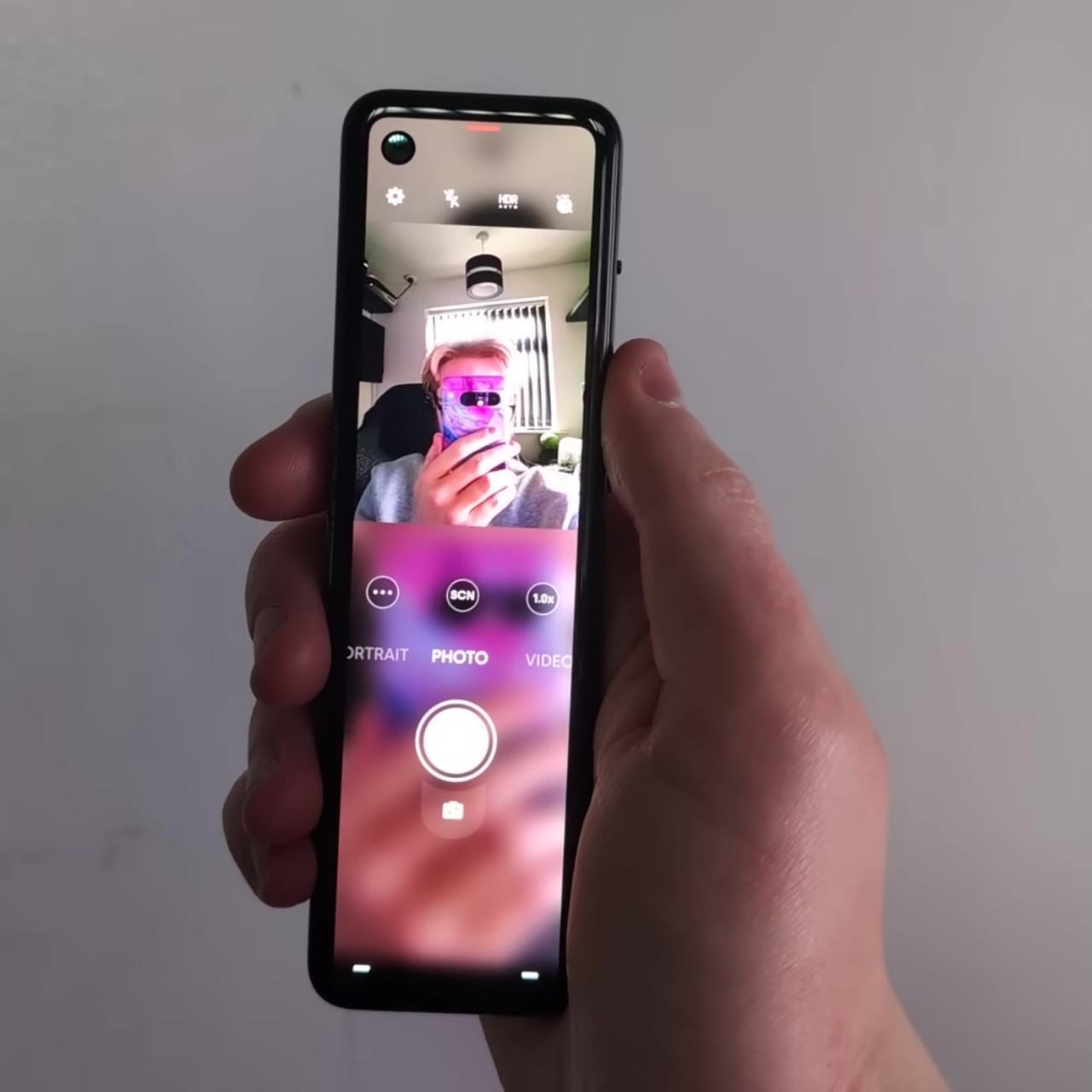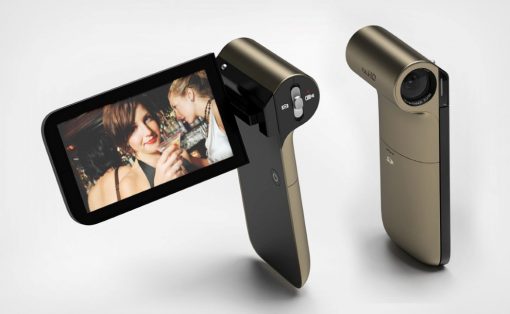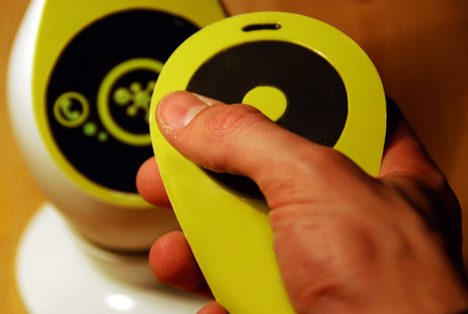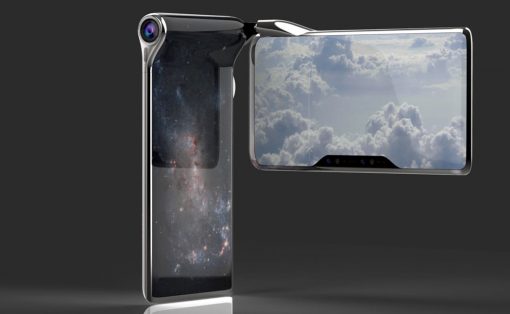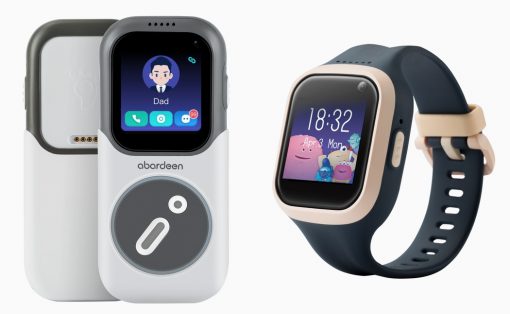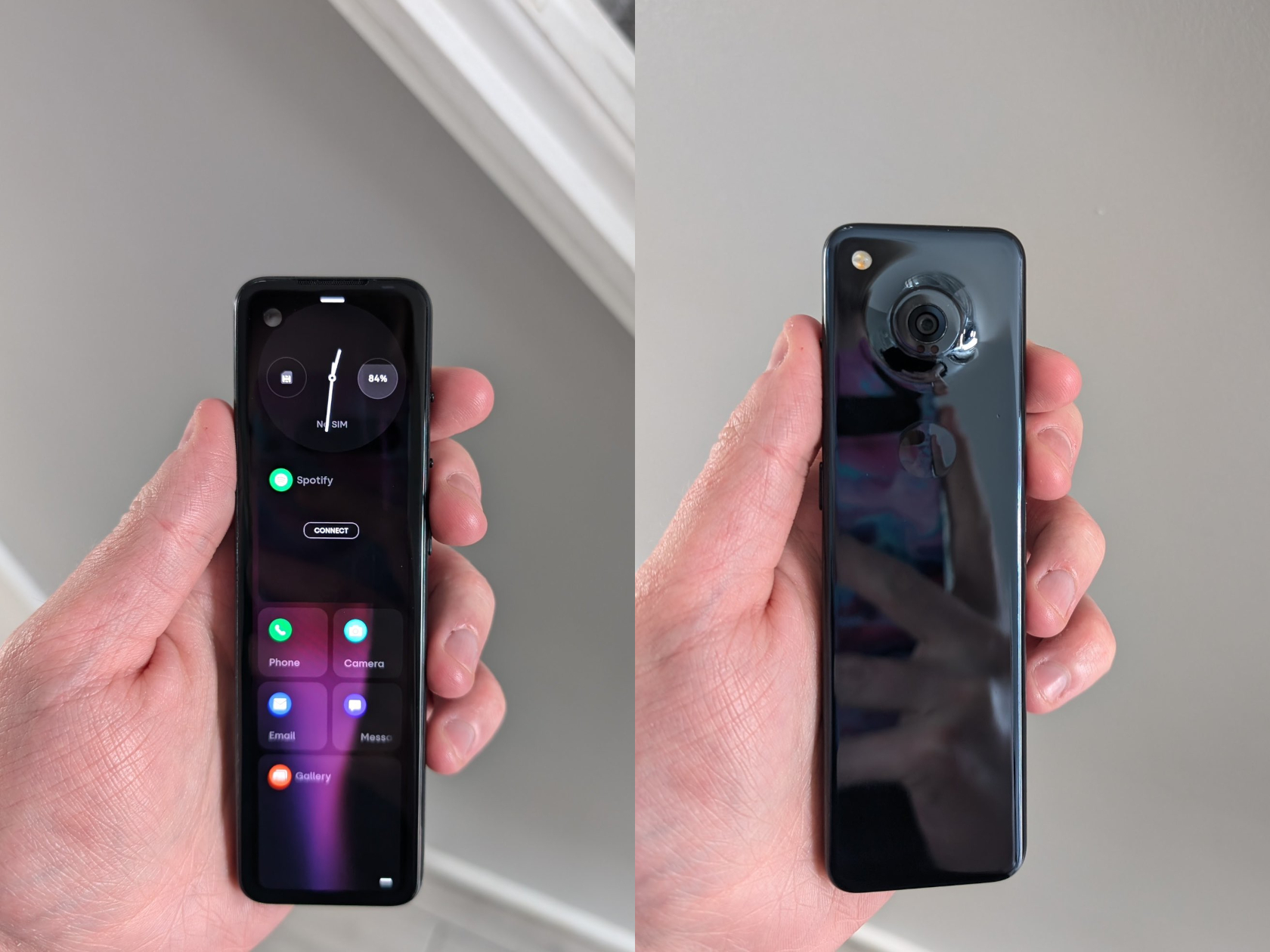
Smartphone companies come and go, but the more notable ones usually stick around long enough to leave a mark. Essential, however, was fated to just be a bright, short-lived spark. Founded by Android creator Andy Rubin after leaving Google, the brand was supposed to mark a return to the essentials of the smartphone experience, hence the name, but it only ever got to release one product, which admittedly met a warm reception. The rest, as they say, is history, and most of us have probably forgotten the Essential PH-2 that made waves in the days before the company’s demise. Thanks to a few prototypes floating around the Web, we finally get to see this oddity in action, making us wonder whether it would have been a revolutionary success or if it’s fortunate it never got to see the light of day.
Designer: Essential (via Rob Wainright)
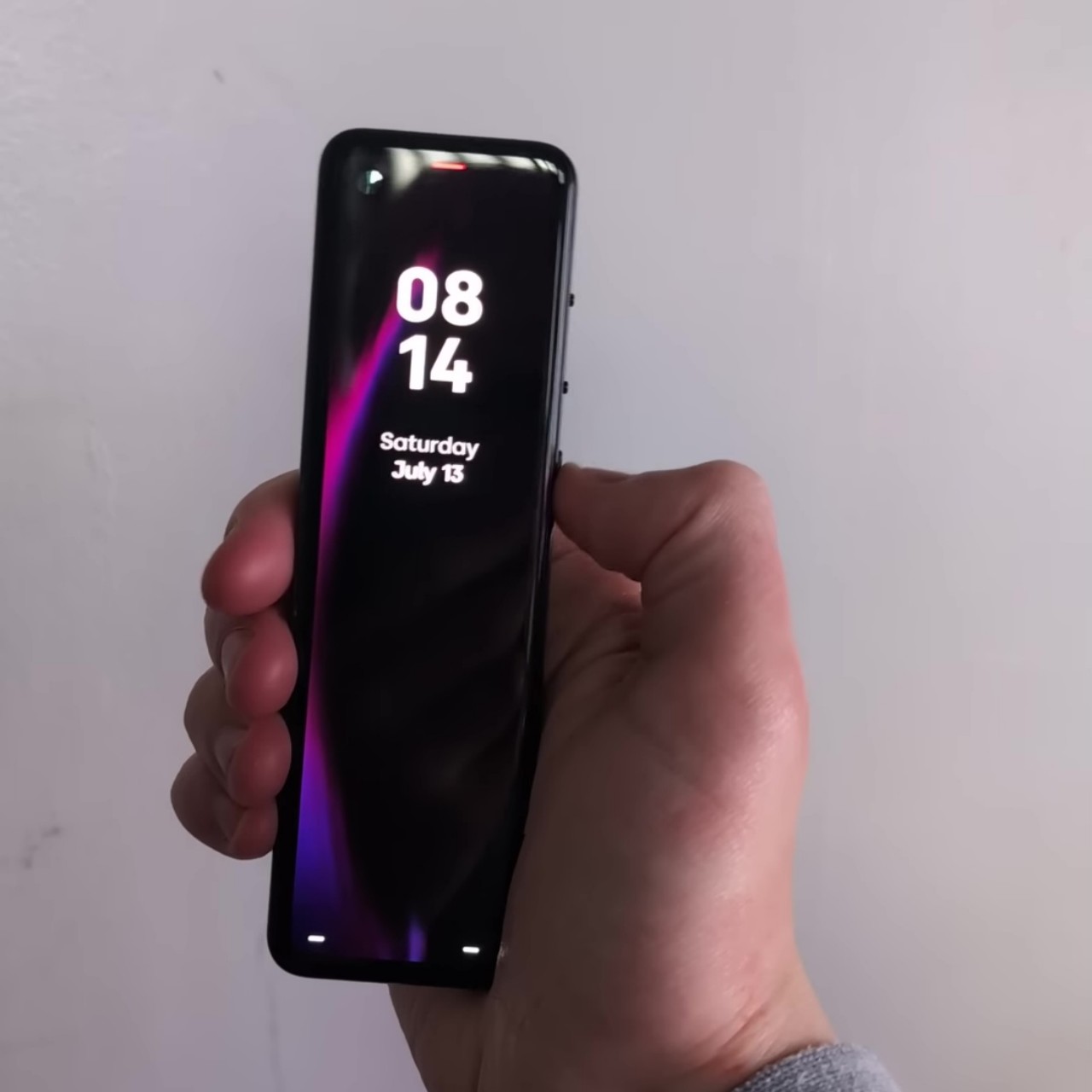
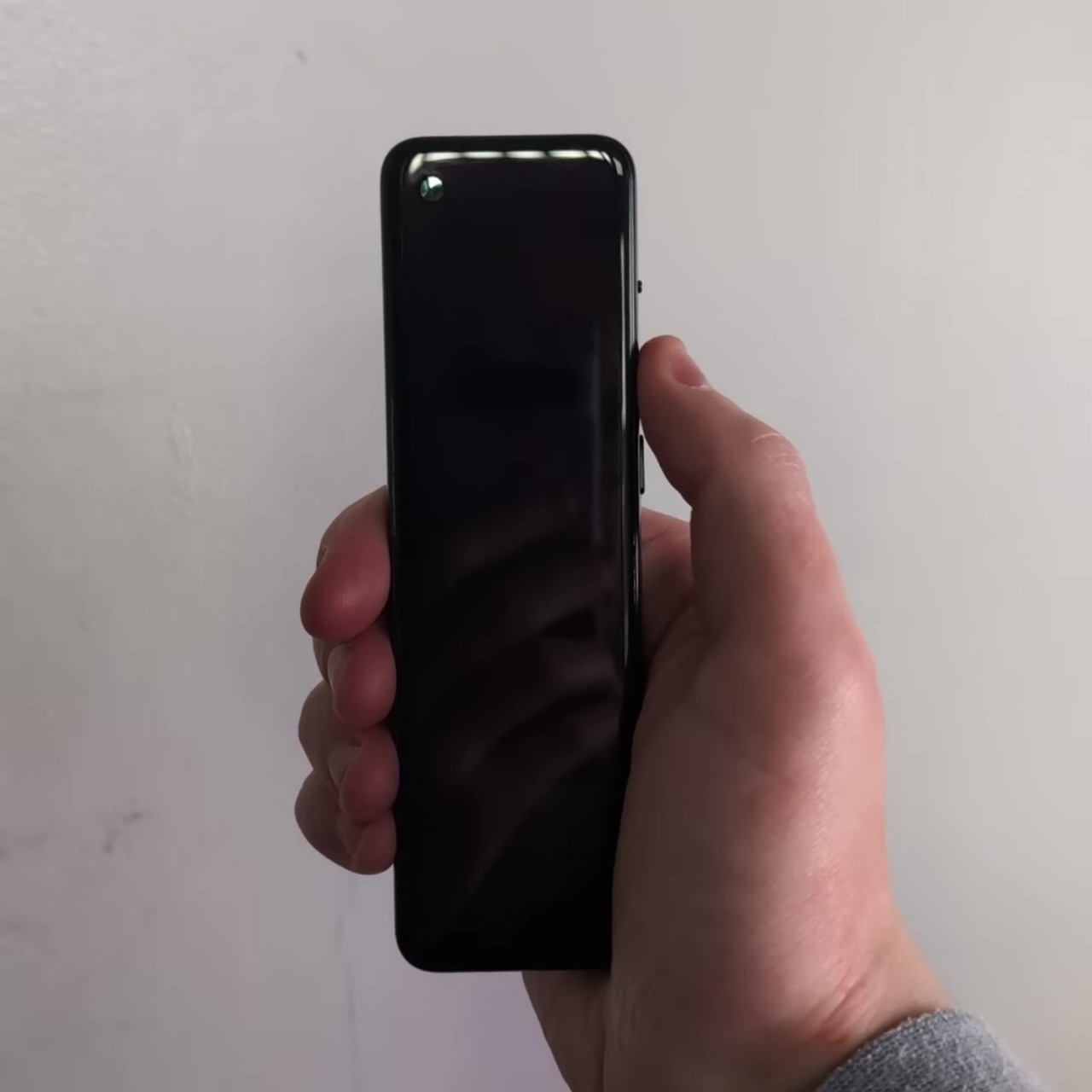
If Essential was staging a rebellion against mass-produced smartphones, the Essential PH-2 would be its perfect representative. While most devices were getting larger, this ultra-slim candy bar phone felt like someone had split a phone in half along its length. What you get is similar to a tiny smart TV remote with only a screen for its face. Handy, yet awkward and puzzling.
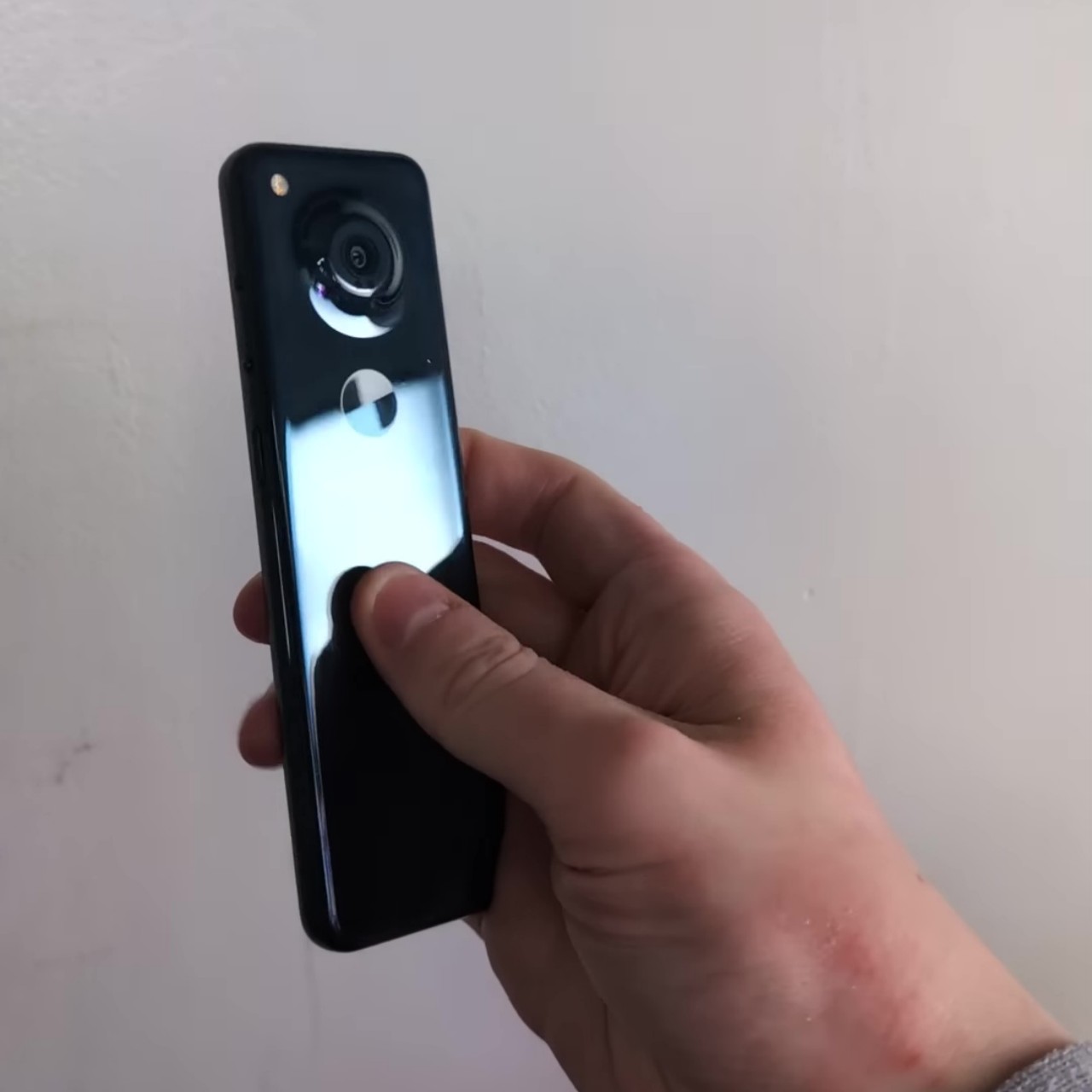

The front sported a 5.7-inch AMOLED display with a resolution of 2160×560, refusing to match any of the standard aspect ratios supported by display industries. The back is an all-glass affair as well as a fingerprint magnet, smooth and plain with only a small lump for a single camera and a dimple for a fingerprint sensor. It’s clear that the Essential PH-2 was designed for ergonomics primarily, something that can’t be said of most smartphones today, but some equally important things might have gotten lost along the way.


The Android-based interface revolves around a metaphor of cards or tiles arranged in a long, scrolling column, with each card representing an app. Given the unfinished nature of the device, it’s not surprising that many of these apps simply didn’t work, but those that did work revealed how the phone would have worked in people’s hands. Suffice it to say, watching YouTube won’t be the most enjoyable experience, even if turn the phone on its side for a 480p quality video.

This does raise the question of who this phone was targeted at. Or better yet, who would have bought such an oddity even back then? It wouldn’t be a fun social media experience, given how small images would be and how narrow text would have to be, nor is it good for watching videos. It might appeal to music lovers and maybe vloggers who want a handy camera to hold, though the prototype’s camera quality wasn’t exactly reassuring in that regard. We’ll probably never know now, though Essential still deserves some praise for daring to think outside the box, whether or not it cost them their business in the end.
